Deep in the frozen Arctic, buried within a mountain on the remote Norwegian archipelago of Svalbard, lies humanity’s ultimate insurance policy against catastrophe. The Svalbard Global Seed Vault, often referred to as the "Doomsday Vault," safeguards over 1.3 million seed samples from around the world, preserving the genetic diversity of crops essential for human survival. This extraordinary facility, carved into the permafrost, serves as a backup for gene banks worldwide, ensuring that even in the face of global disasters—whether natural or man-made—future generations will have access to the building blocks of agriculture.
The idea for the seed vault was conceived in the early 2000s as a response to growing concerns about biodiversity loss, climate change, and the vulnerability of existing seed banks. Many national and regional gene banks lacked the resources to protect their collections from threats like war, equipment failure, or environmental degradation. Norway, with its stable political climate and naturally cold environment, emerged as the ideal location for a fail-safe repository. In 2008, the vault opened its doors, funded by the Norwegian government and operated in partnership with the Crop Trust and the Nordic Genetic Resource Center.
The vault’s design is as ingenious as its purpose. Located 130 meters inside a sandstone mountain, the facility benefits from the surrounding permafrost, which ensures a naturally cold environment even if power fails. The seeds are stored at a constant temperature of -18°C, sealed in specially designed three-ply foil packages that protect them from moisture. The mountain’s remoteness and geological stability provide additional layers of security, shielding the seeds from nuclear war, rising sea levels, and other existential threats. The entrance, a striking illuminated wedge protruding from the snow-covered landscape, has become an iconic symbol of global resilience.
Since its inauguration, the vault has welcomed deposits from nearly every country on Earth. Each sample represents a unique crop variety, from staple grains like wheat and rice to regional specialties such as Ethiopian barley and Bolivian quinoa. The collection is a testament to the incredible diversity of agricultural heritage, much of which has already been lost due to industrialization and monoculture farming. By preserving these seeds, the vault not only safeguards food security but also maintains genetic traits that could prove vital in developing crops resistant to future diseases or climate extremes.
Despite its apocalyptic nickname, the Svalbard Global Seed Vault has already proven its worth in less catastrophic circumstances. In 2015, researchers from Syria became the first to withdraw seeds after the gene bank in Aleppo was damaged by war. The retrieved samples, including drought-resistant wheat and chickpeas, were used to reestablish collections in Lebanon and Morocco, demonstrating the vault’s role as a practical resource for rebuilding agricultural systems. This event underscored the importance of having a global backup system, not just for doomsday scenarios but for the ongoing challenges faced by farmers and scientists worldwide.
The vault’s operations are deceptively simple. Gene banks sending deposits retain ownership of their seeds, which are only accessed with their permission. The Norwegian government covers the bulk of the costs, while the Crop Trust assists developing nations in preparing and shipping their seeds. Regular audits ensure the integrity of the collection, and new deposits are added frequently. In 2020, the vault celebrated its millionth sample, a milestone that highlighted both its success and the urgent need for its existence as biodiversity continues to decline at an alarming rate.
Climate change poses an unexpected challenge to the vault’s infallibility. In 2016, unseasonably warm temperatures caused melting permafrost to flood the entrance tunnel, though no seeds were harmed. The incident prompted a $20 million upgrade, including improved waterproofing and drainage systems. While the vault remains secure, the event served as a stark reminder that even the most fortified structures are not entirely immune to the effects of a warming planet. Scientists continue to monitor the site closely, confident in its long-term viability but aware of the need for ongoing adaptation.
The Svalbard Global Seed Vault is more than just a storage facility—it is a global collaboration. Its existence relies on the participation of nations, scientists, and farmers who recognize the shared value of preserving agricultural diversity. In a world increasingly divided by politics and conflict, the vault stands as a rare example of international cooperation for the common good. It embodies the understanding that food security is not a national issue but a human one, transcending borders and ideologies.
Looking ahead, the vault’s role will only grow in importance. As climate change accelerates and populations expand, the genetic diversity stored within its walls may hold the key to developing resilient crops capable of feeding billions under harsher conditions. New technologies, such as cryopreservation and digital gene sequencing, may eventually complement the physical seed storage, but for now, the vault remains the most comprehensive and accessible solution. Its silent, frozen chambers are a testament to human foresight—a promise to future generations that no matter what challenges arise, the seeds of life will endure.
The Svalbard Global Seed Vault is often called a "Noah’s Ark" for plants, but its purpose extends beyond mere survival. It represents hope—a tangible commitment to preserving the richness of life in the face of uncertainty. In a world where the future is increasingly unpredictable, this Arctic stronghold offers a rare certainty: that as long as humanity values its agricultural heritage, there will always be a way to begin anew.

By /Jul 16, 2025
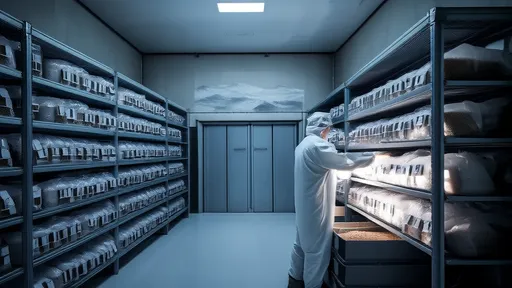
By /Jul 16, 2025

By /Jul 16, 2025
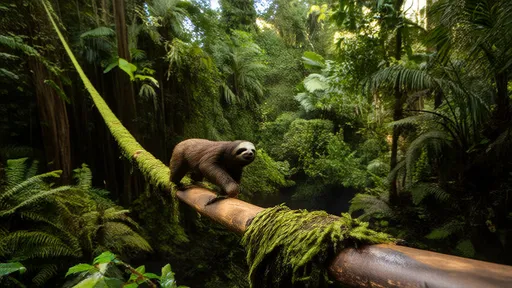
By /Jul 16, 2025
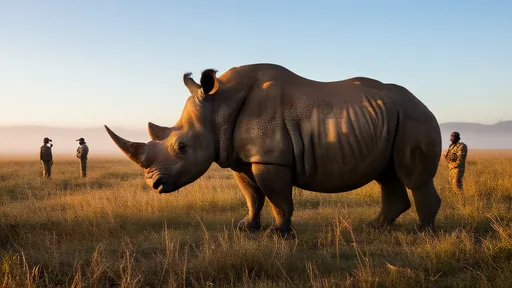
By /Jul 16, 2025

By /Jul 16, 2025

By /Jul 16, 2025

By /Jul 16, 2025

By /Jul 16, 2025
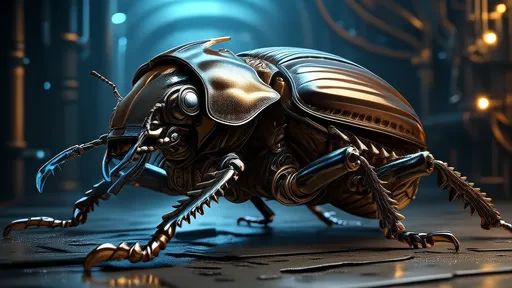
By /Jul 16, 2025

By /Jul 16, 2025

By /Jul 16, 2025

By /Jul 16, 2025
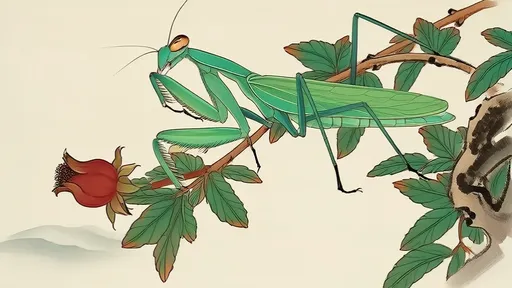
By /Jul 16, 2025
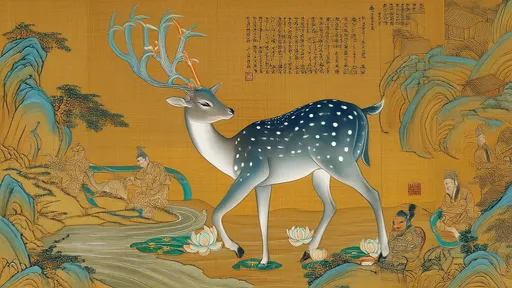
By /Jul 16, 2025

By /Jul 16, 2025
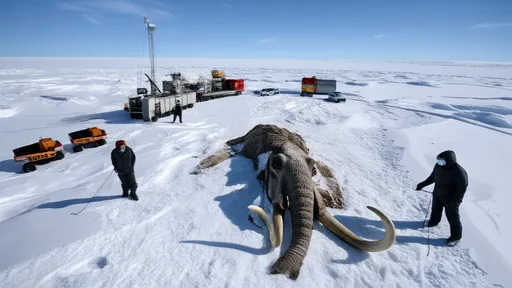
By /Jul 16, 2025
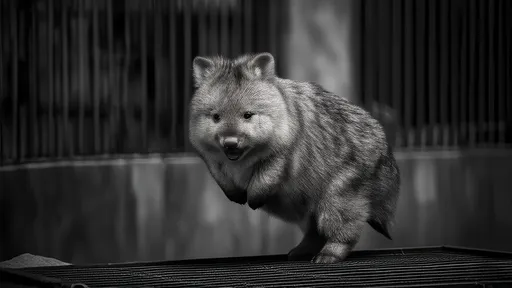
By /Jul 16, 2025

By /Jul 16, 2025

By /Jul 16, 2025